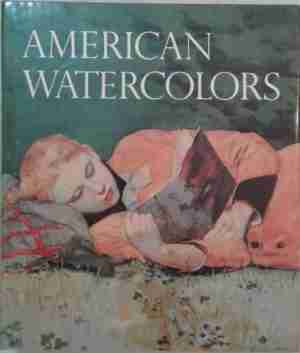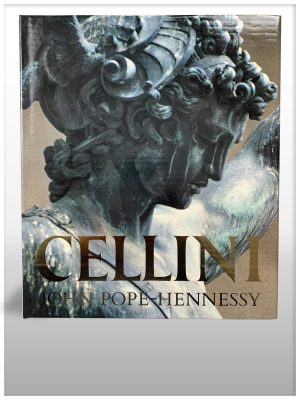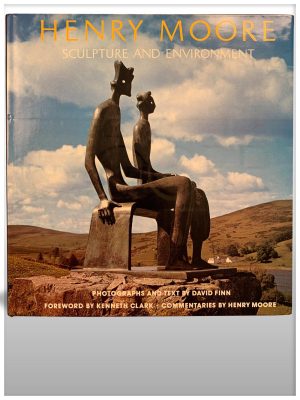Description
Thinking is form, the drawings of Joseph Beuys: The public reaction that greeted Joseph Beuys’s death in 1986 resembled that more usually accorded to a deceased world statesman than an artist. Yet even now the art and life of this controversial and extremely influential German artist remain impenetrably intertwined – even more so perhaps because Beuys, like Marcel Duchamp and Andy Warhol, precisely orchestrated his public image, building a personal myth that has the power to bind together his entire oeuvre. Thinking Is Form breaks through the mass of obscure writing about Joseph Beuys to introduce this legendary artist in a simple and clear manner, through his utterly individual drawings. The subject of a major touring exhibition at The Museum of Modern Art, New York, The Museum of Contemporary Art, Los Angeles, the Philadelphia Museum of Art, and The Art Institute of Chicago, Beuys’s drawings are used here as the springboard for discussions of his life, art, and ideas. Some employ such unconventional mediums as hare’s blood or margarine, or use the backs of envelopes or commercial stationery. Some incorporate photographs, pressed flowers, and other organic materials, emphasizing their function as a reservoir of ideas for Beuys’s sculpture, actions (performance art), and other enterprises. His achievement is viewed in the broader context of European art, and his graphic works are considered chronologically as his formative medium, in relation to his work as a whole, and as autobiographical narrative. This is the first time that the disciplines of curator and connoisseur have been rigorously applied to the selection and presentation of a truly representative segment of Beuys’s work. Beuys, following the strategy articulated by Duchamp, made his own life his masterwork, and his drawings formed the drafts for that work. Now that the work is complete, it is through the drawings that we can begin to grasp as a whole the accomplishment of a man who declared “Everyone is an artist.”










